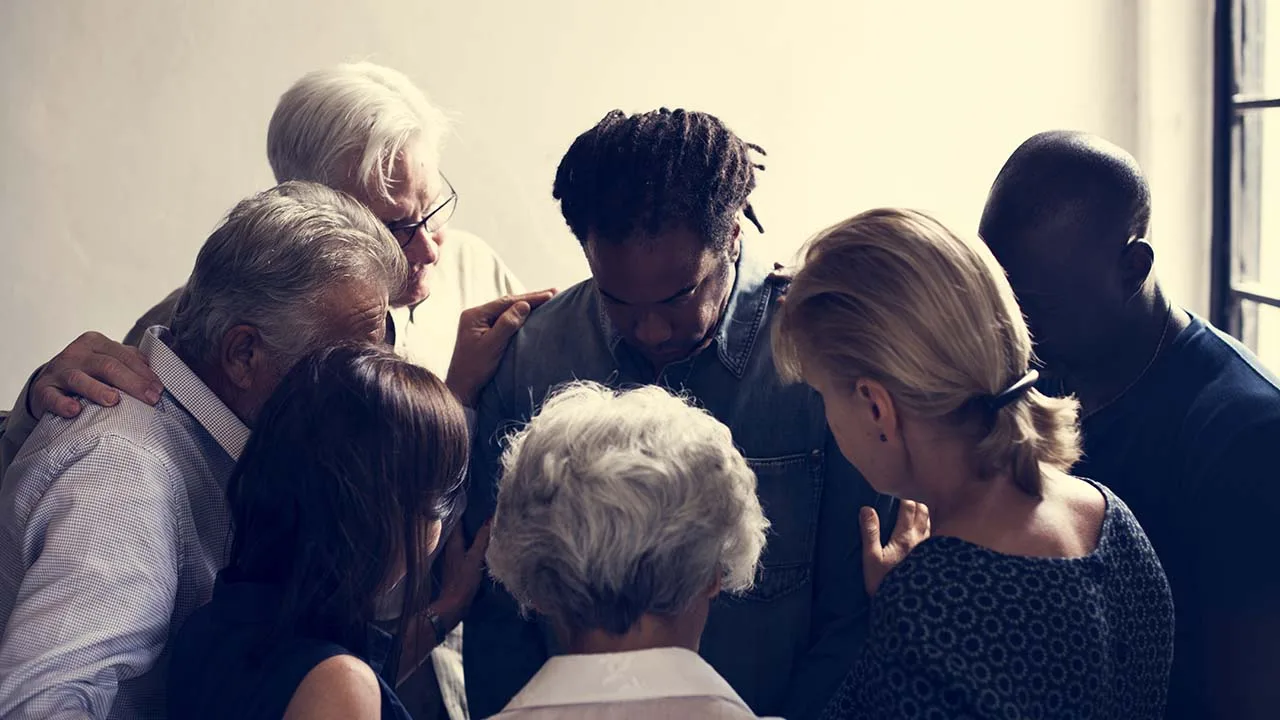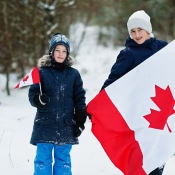
Understanding Canada’s National Day for Truth and Reconciliation
This week marks the last weekend of September, and it’s a long weekend. However, instead of celebrating something joyous, we observe the somber National Day for Truth and Reconciliation. Canada values multiculturalism and does not expect new immigrants to abandon their cultures to integrate into Canadian society. Instead, Canada encourages immigrants to maintain their cultural heritage to preserve social diversity and balance. To achieve this, the Canadian government has chosen to confront its dark history since Jacques Cartier, the first European to explore the St. Lawrence Gulf in 1534.
Canada’s National Day for Truth and Reconciliation is observed annually on September 30th to commemorate and mourn the impact of the residential school system on Indigenous communities. On this day, Canadians are encouraged to reflect on history, understand the experiences of Indigenous peoples, and commit to reconciliation and healing.
This day stems from the recommendations of the Truth and Reconciliation Commission (TRC), established in June 2008. The TRC released 94 Calls to Action in December 2015, urging the Canadian government and society to take measures to repair relationships with Indigenous communities. Establishing the National Day for Truth and Reconciliation was one of these key recommendations.
The residential school system, which began in the 19th century, aimed to assimilate Indigenous children into mainstream society but caused immense harm. Thousands of Indigenous children were forcibly removed from their families and placed in residential schools, where they suffered physical and emotional abuse and were stripped of their language, culture, and identity. Many children died in these schools, and their remains were buried in unmarked graves.
On the National Day for Truth and Reconciliation, various activities are held across Canada, including commemorative ceremonies, educational talks, and community gatherings, to raise awareness of the history and legacy of residential schools. Orange Shirt Day, which coincides with the National Day for Truth and Reconciliation, commemorates the Indigenous children forced into residential schools. It originated from Phyllis Webstad’s story, who wore an orange shirt gifted by her grandmother on her first day at a residential school, only to have it taken away, leaving her with lasting trauma associated with the colour orange.
On June 3, 2021, the Canadian Parliament passed a bill designating September 30th as the National Day for Truth and Reconciliation, making it a national public holiday. This bill received broad support from Indigenous communities and is seen as a significant step towards advancing reconciliation. Its passage signifies the Canadian government’s acknowledgment of past wrongs and its commitment to future reconciliation.
Through these efforts, Canadians hope to better understand and support Indigenous communities, promoting reconciliation and creating a fairer, more inclusive society. This day is not just a time for remembrance but also a call to action. We are urged to practice reconciliation in our daily lives, respect Indigenous rights and cultures, and support the recovery of Indigenous communities.
On the National Day for Truth and Reconciliation, let us reflect on the past, learn from history, and commit to future reconciliation efforts. Only through sincere dialogue and sustained action can we achieve true reconciliation and create a more harmonious Canada for future generations. On this day, we remember the victims of the residential school system and their families, draw lessons to prevent history from repeating, and recognize that reconciliation is an ongoing process requiring everyone’s participation and effort.
In the past few decades, the Canadian government has implemented several policies and measures to compensate and support Indigenous communities.
Here are the most notable eight policies:
1. Establishment of the Truth and Reconciliation Commission (TRC):
In 2008, the Canadian government established the Truth and Reconciliation Commission to investigate and document the impact of the residential school system on Indigenous communities. The TRC released 94 Calls to Action in 2015, recommending various measures to promote reconciliation.
2. Formal Apology by the Federal Government:
On June 11, 2008, Prime Minister Stephen Harper formally apologized on behalf of the government to the survivors of the residential school system and their families, acknowledging the government’s wrongdoing and the harm caused.
3. Indian Residential Schools Settlement Agreement (IRSSA):
This is the largest class-action settlement in Canadian history, which came into effect in 2007. The agreement includes compensation payments, the establishment of support services for residential school survivors, and the creation of the Truth and Reconciliation Commission.
4. Compensation Payments:
Under the IRSSA, the Canadian government has provided compensation payments to residential school survivors as reparation for the abuse and losses they suffered.
5. Support for Indigenous Language and Cultural Revival:
The Canadian government funds various projects to support the preservation and revitalization of Indigenous languages and cultures, including the establishment of Indigenous language education programs and cultural centres.
6. Health and Education Support:
The government provides funding to support health and education initiatives in Indigenous communities, including scholarships for Indigenous students and mental health services.
7. Recognition of Land Rights and Self-Determination:
The Canadian government negotiates land rights agreements with Indigenous communities, recognizing and respecting their self-determination. These agreements include land claim settlements and resource-sharing arrangements.
8. Establishment of the National Day for Truth and Reconciliation:
On June 3, 2021, the Canadian Parliament passed a bill designating September 30 as the National Day for Truth and Reconciliation, making it a national public holiday to raise awareness of Indigenous history and the legacy of residential schools.
These measures and policies aim to heal historical trauma, support the recovery of Indigenous communities, and promote reconciliation and fairness in Canadian society.







